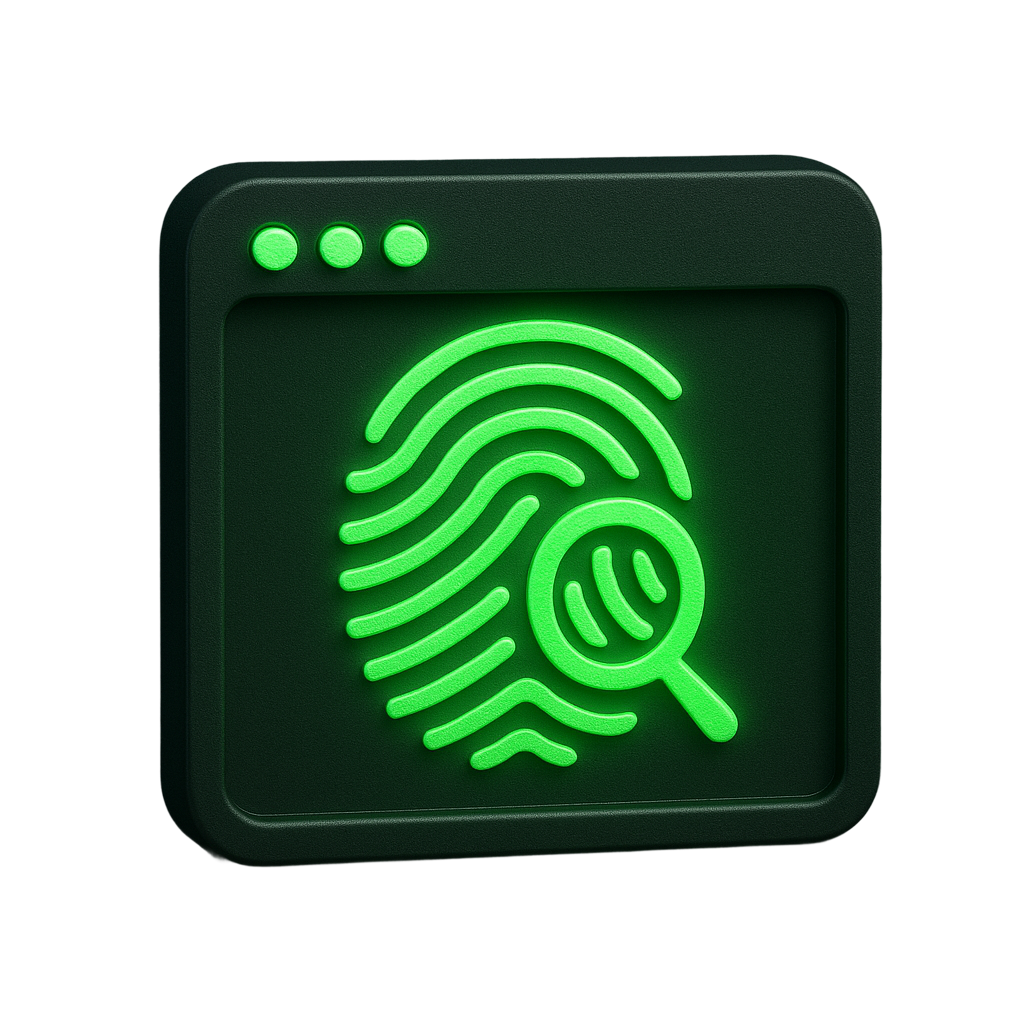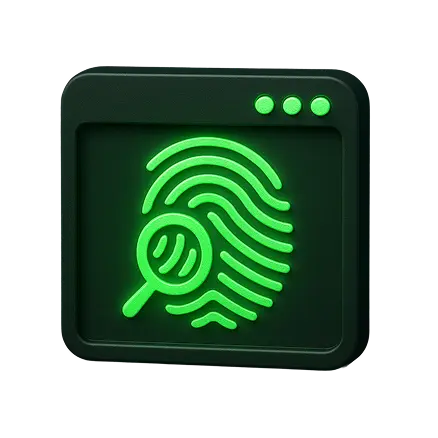
Check your
browser fingerprint
See what your browser reveals about you. Run a real-time browser fingerprinting test to detect tracking risks and hidden leaks.
Instantly check if your IP is blacklisted

5+ tools
Complete security
Any check you need
Run all essential browser fingerprint checks from one place to stay undetected
Frequently Asked Questions
What is Pixelscan?
What is Pixelscan?
Pixelscan is an all-in-one multichecker that combines fingerprint analysis, IP and proxy checks, DNS leak detection, bot detection, and blacklist scanning.
It helps you see exactly how websites identify and track your connection, so you can spot leaks and protect your privacy.
What does Pixelscan check? 
What does Pixelscan check?
Pixelscan runs a full set of stealth and privacy diagnostics in one click, including:
- VPN checker - Detects exposed or misconfigured VPNs
- Location info - Finds mismatches in IP, timezone, and language
- IP blacklist check - Checks if your IP is flagged or blacklisted
- DNS leak test - Reveals hidden DNS leaks and ISP exposure
- Bot checker - Detects headless browsers and automation traces
- IP checker - Shows your IP, location, provider, and proxy status
- Fingerprint analysis - Measures browser uniqueness and consistency
- Proxy checker - Tests up to 50 proxies for risk and quality
Does Pixelscan work with any proxy or VPN?
Does Pixelscan work with any proxy or VPN?
Absolutely. Pixelscan works with any proxy setup—residential, datacenter, mobile—as well as all major VPNs and antidetect browsers. Just configure your tool and run the check
Will Pixelscan store or log my data?
Will Pixelscan store or log my data?
No. Pixelscan.net is built with privacy in mind. Your test results are not stored or linked to any identity. You stay fully in control of your setup and your data.